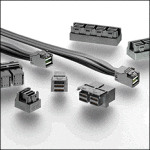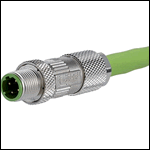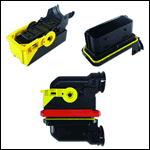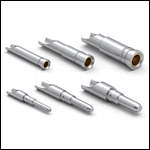Look Beyond Cost to Design Cable Systems
The environment and specific application requirements weigh heavily in determining a cable system’s true cost.
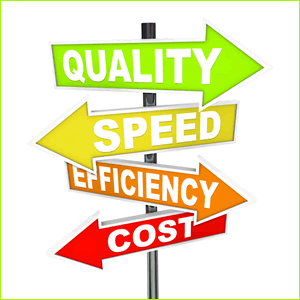 Designing a cabling system requires an understanding of the various costs inherent to the application type, which include labor, environment, and network configuration.
Designing a cabling system requires an understanding of the various costs inherent to the application type, which include labor, environment, and network configuration.
“Specifiers need to fully understand their particular application and purpose for the cabling before choosing the actual cable,” said Ben Jewell, product manager at Belden Inc. “The cost of a cable depends on the customer’s specific needs and applications. The cable’s design, performance, and footprint requirements all contribute to the total cost of the cable, but there are other factors that come into play as well.”
Danah Ditzig, senior marketing manager of global strategic initiatives at TE Broadband Network Solutions, concurs. “Costing for cabling and cabling labor varies greatly based on the application, environment, the type of medium (cable) used, and the design architecture deployed,” he said.
Labor is one key factor. Ditzig noted that in an indoor wireless commercial system, the breakdown is as follows: RG cabling costs $1 per foot for cable and $2.50 per foot for labor, while coaxial cable costs $2.50 per foot for cable and $2.50 per foot for labor.
“Engineers need to ask several questions to assess the true cost, including: Will the cable be routed through ceilings, floors, or conduits? What kind of data is it transporting? Will it be located in a very harsh environment? Does it need other protection options? Does it need to be shielded?” said Jewell.
Harsh and outdoor environments impose more stringent demands on the cable, which in turn drives up the cost. According to Jewel, “when a cabling project occurs in a harsh environment, the cost of the cable will go up. Cables in these environments are exposed to vibration, shock, electromagnetic forces, and other potentially damaging elements, and to protect against damage, these cables require more features like armoring and jacketing options to ensure the cable’s integrity.”
Outdoor applications vary from indoor applications, noted Ditzig. “Outside plant is completely different than inside plant (wireless, LAN, data center cabling) because directional boring and aerial cables are much more expensive. Ten years ago, it was $20-$30 per foot. There are many more variables including crossing railroad tracks, crossing a river, etc. There is rigging, special tools, permitting, and more considerations. The cost of fiber cabling (trunk and OSP) is directly related to the fiber count of the cable. The pulling cost for a cable is generally the same, no matter what the fiber count is. Thus, owners want to make sure that they size their cables for the future. It’s better to put a larger cable count in on day one then to have to pull another cable in the future.”
By contrast, cabling costs insides a data center are fractional due to the multiple components. “Inside of a traditional LAN, the cabling (raw materials) represents about 58% of the total spend,” noted Ditzig. “The copper components of an in-building solution make up about 85% of a typical bill of materials; the remaining would be fiber panels and fiber backbone. Fiber cost is more expensive per user (on a per-port basis) and is based in a few MDFs. For a passive optical LAN, the material and costing mix is reversed – higher materials, lower installation cost.”
Another cable cost factor is whether the user owns or leases the cabling infrastructure. According to Ditzig, the cable cost is variable if the user leases the network. Another variable is the number of users supported and the growth of the user base (how much scalability is built-in). Additionally, networks with a lot of edge devices and a mix of access devices (Wi-Fi access overlay and cellular systems) will impact cable costs.
Users should also consider future network upgrade and expansion needs when specifying cable. Ditzig warns about the pitfalls of underspecifying a cable: “If a network being installed today could operate on OM2 fiber, an owner should consider putting OM4 fiber in to future-proof the network so they don’t have to go back in later to pull in new cable that meets the higher specs.”
Author Spencer Chin is a freelance technical writer and content producer based in New York.
